Spruce and pine: what are the common features and what distinguishes them?
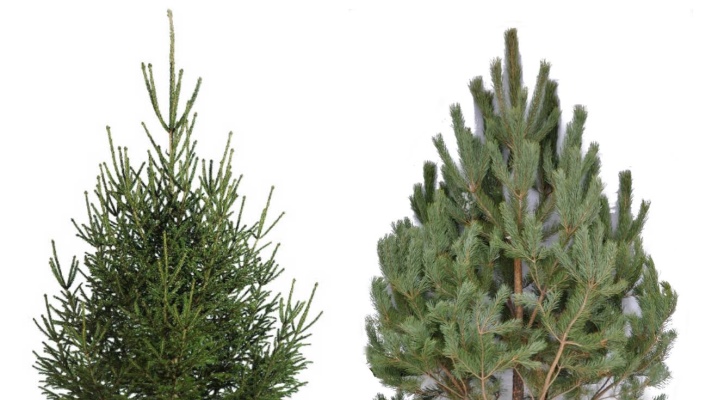
For our northern country, conifers are a common norm, especially since ordinary people associate such green spaces with the New Year holidays, and specialists associate them with additional protection of the atmosphere from various pollutants. For most of our fellow citizens it will not be difficult to distinguish pine from spruce, but if you ask a person a simple question about how to distinguish these two trees, it turns out that a good half does not know what to answer, and the rest name literally one or two differences. The difference, of course, is much more significant.
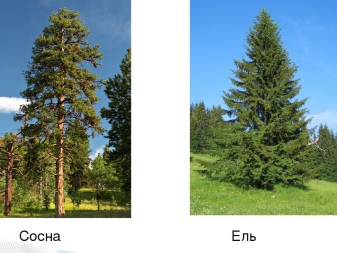
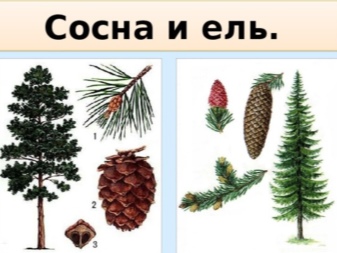
Description of trees
Both spruce and pine belong to the pine family and the class of conifers, therefore, they are related not only by how they look externally. These two trees are indeed quite close relatives to each other. They differ in terms of classification already by genera, which are called so - pine and spruce. These are rather unpretentious plants: they love a cold climate with an abundance of precipitation, and it is precisely this characteristic that accurately describes our conditions. Note that the tree is still a little more thermophilic - at least, its distribution area goes a little further south. Pine, whose structure is more elongated in comparison with the pyramidal spruce, is considered less whimsical: it is ready to "sculpt" on the edge of a rock, and in the sands, and even in a swamp. This is due to the structure of the root system: pine roots are well developed and are able to extract water from a considerable depth, which cannot be said about spruce ones.
Both trees can rightly be considered centenarians, but the comparison will be slightly outweighed in favor of pine - potential 350 years versus 300. They don't talk about spruce longevity records, although one specimen from Sweden is allegedly almost 10 thousand years old. But with a pine, the situation is different - a specimen is growing in the USA, which is credited with an extremely venerable age of 6 thousand years! The dimensions, by the way, also differ in favor of pine - 75 meters in height versus 50.

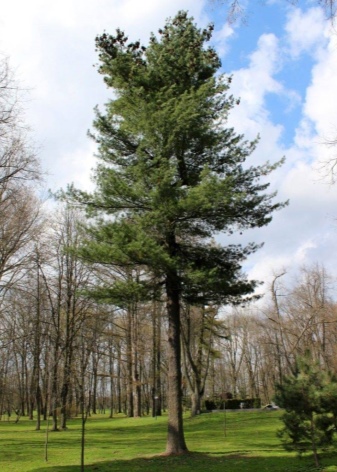
The difference in height, by the way, is not accidental - it directly indicates which conditions each of the trees prefers. A tall pine tree is struggling to reach the sun: although in places where it grows it does not have the ability to really warm, but the tree is trying to squeeze the maximum out of what nature can give. The spruce cannot be called a baby, but still, her goals are completely different - she just prefers the shadow, and therefore does not seek to outgrow her neighbors.
Both trees are considered evergreen because they have no leaves - instead, they are covered with dense needles. At the same time, most people determine the difference precisely by it, since the tree has a short, but rich green, while the pine puts all its energy into increasing the length, "forgetting" about the bright pigmentation. In addition, in a pine tree, at a certain period, there is a partial fall of the needles, but for spruce this phenomenon has no seasonal expression.
As befits conifers, neither pine nor spruce bloom - instead they have cones. However, spruce cones are immediately striking, they are clearly visible against the background of the rest of the tree, but pine cones will be more faded.
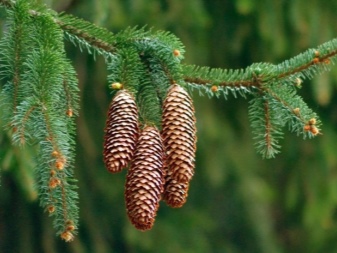
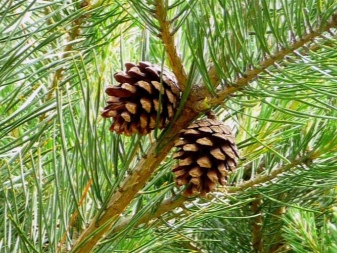
How are they similar?
You should not immediately attack those people who are unable to distinguish between these two conifers - even if you identify them automatically, you must admit that they have many common features. Experts identify the following common features.
- Kinship. Although only the class of conifers is common to the two trees, and the genus has already been identified for each, it is still a fairly close relationship, indicating that there are not so many differences, and they are not always on the surface.
- Cones formation. They may not be perfectly the same, but the process of their formation is approximately the same. So, at the moment of tying on a branch, they are located vertically, but then, under their own weight, they lower and acquire a horizontal position.
- Needles instead of leaves. Again, one can argue for a long time that their needles are different, but nevertheless, the fact of its presence unites pine and spruce, strongly distinguishing them against the background of deciduous trees. The sales policy before the New Year, not only for spruce, but also for pines, further confuses those who are sincerely convinced that only spruce can be a New Year's tree.
- Considerable height. If left alone and allowed to grow, both trees will outperform most domestic breeds in adulthood.
- Phytoncides. Conifers not only smell good, but also have practical properties, including the ability to kill bacteria with the help of secreted phytoncides. In this regard, spruce and pine are roughly equivalent.
- Economic use. Both pines and spruce are very useful for human activities, and in different industries. The wood of these species is actively used for the needs of industry and construction, and bark, resin and needles are useful for pharmaceutical and cosmetic enterprises.
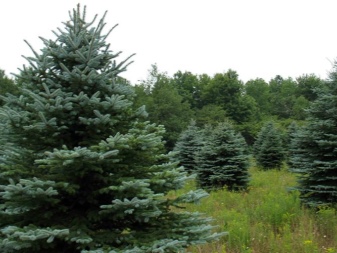
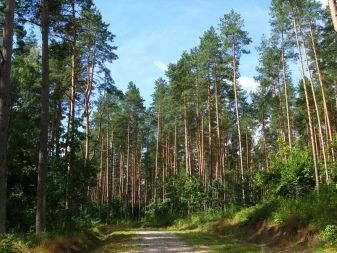
Differences in places of growth
You need to understand that both pine and spruce are whole genera of plants, not separate species, which means that their appearance is still capable of surprising even a person who understands them. You can also try to more accurately determine the plant by the location in which you saw the coniferous tree.
The common pine is a typical habitat of the temperate zone, in most of Russia it is completely normal. These trees grow in cold and humid conditions, from which the vast taiga is formed not only in the Russian Federation, but also in other countries of the Northern Hemisphere, where the climate has similar features - we are talking here about the United States and Canada. In the southern part of Mongolia and in the north of China, pine coniferous forests should not surprise anyone either, they can also be found in Europe.
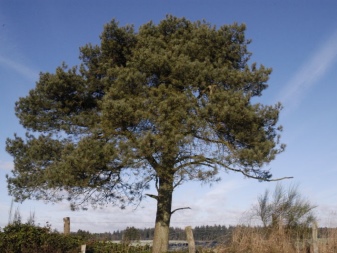
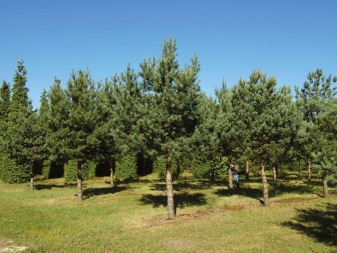
The Christmas tree is best known in the image of the European spruce and, on the one hand, it intersects at the "place of residence" with the habitat of the common pine, and on the other hand, it is a more thermophilic culture.
If we talk about the countries of Eastern Europe and Central Asia, then there coniferous forests are more likely to consist of spruce forests, or the percentage of spruces will simply be higher than in the same Russia.
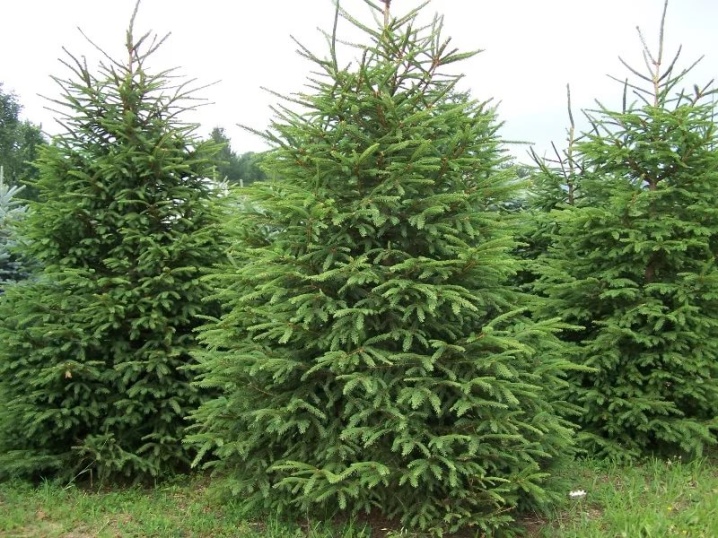
How can you tell them apart?
In fact, if you look closely, there are many differences between spruce and pine, and any person who once remembered what distinguishes two trees from each other will always be able to accurately determine the type of plant, and if necessary, also impress others with his erudition. So that your confidence is supported by logic and knowledge, let's look at how the two trees differ.
Let's talk about size first. We mentioned above that the maximum height of a pine tree is about one and a half times greater than that of its relative, but let's be objective: neither the first usually grows to the declared 75 meters, nor the second - up to 50. For pine, the average norm is considered to be 25-40 meters, and for spruce - an average of 30 meters (for this tree, the run-up of average height is much wider - from 15 to 50 meters for an adult specimen). Roughly speaking, these indicators can be called the same, but there is one inevitable difference - the shape of the crown. The pine needles begin very high - about half the height, and below the bare trunk stretches for many meters. A tree has a lush crown, and branching begins almost at ground level.
It is very easy to distinguish one from the other by the bumps. Pine has a problem with this, so to speak: the male cone is extremely modest in size, it is often compared to a cherry pit, and its color is approximately similar - yellowish. In general, few people notice female cones, because they are even smaller and almost invisible - they grow at the end of the branches. On the other hand, female cones are clearly visible in ate - they are not only much larger than male cones (and in ate cones, in principle, much more), but also have a prominent bright red color. Male spruce cones are much smaller, and their shade is not so bright, but on the other hand, it is they in the broad public sense that are associated with the cone as such.
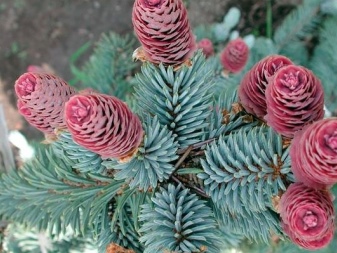

In winter, the difference between the two trees is also clearly visible on the needles. The fact is that of these two, only spruce can fully be considered evergreen, but it, of course, cannot be counted among those trees whose coniferous cover never changes. The tree periodically sheds old needles, and this happens about once every 7-12 years, but this can only be noticed by the characteristic coniferous cover near the trunk. This species does not have any pronounced deciduous period, everything happens gradually, and the process can be called almost constant and continuous.
A pine tree that lives in a very harsh winter cannot afford such a luxury, and although it never remains completely naked, it still becomes much less green by the cold.
To understand the scale of dropping needles, it is enough to know that a tree can completely "change clothes" in just 1-2 years.
Spruce needles look four-sided in cross-section, their length usually does not exceed 2-3 centimeters, while each plate is attached to the branch independently of all the others. The pine needles are different - its section is smoother and does not have pronounced angles, but the length is twice that of the competitor - at the level of 5-6 centimeters. Moreover, pine plates grow in pairs.
A trained eye can easily distinguish pine from spruce from afar, and by the same needles. A characteristic feature is the color inherent in the plates, it is this color that allows you to see the difference almost from a kilometer distance in winter. Spruce was chosen as the main New Year and Christmas tree because its coniferous plates have a bright green color, and this characteristic is not influenced in any way by the season, the age of the tree, or any other factors. Whether it is a pine tree - as we have already said, the harsh conditions of its habitats lead to the fact that it has a certain similarity with deciduous species. Firstly, even in summer, its needles have lighter shades of green, and secondly, in autumn and winter, it often completely dries up, turning into a yellow palette of shades.
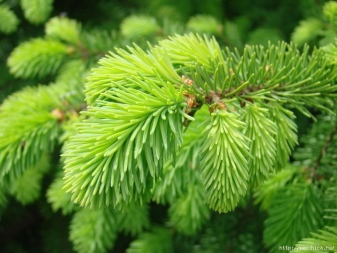

Life expectancy is also different, although this criterion is unlikely to help you understand what is in front of you - pine or spruce. Moreover, if the average life expectancy is in favor of pine, then the spruce record holder for the antiquity of the root system is almost twice as large as its pine opponent - 9.5 thousand years against 5 thousand.
Since we are talking about the features of the root system, we note one more sign, which also does not strike the eye from the outside. In pine, the main stem is clearly visible, from which multiple additional roots branch off. It is thanks to such a powerful underground component that pine is not "lost" in any situation and can grow almost anywhere. In a spruce, the main core also stands out, but, interestingly, after reaching the age of ten, it atrophies, and since then the entire load has been placed on the lateral rhizomes. They are not located too deep in the ground, which gives two negative consequences: firstly, the spruce turns out to be more whimsical to the growing conditions, and secondly, a strong wind can pull out such a tree and overturn it.
It is also worth clarifying the features of wood as a material for construction. Pine in this sense is much more preferable, since its trunk is straight, and in the thickness of the massif, knots and other defects are extremely rare. In addition, such a tree is quite soft and easy to process, and it is very easy to impregnate it with protective compounds. Whether it is a spruce tree: knots are not uncommon in its array, and it does not absorb antiseptics very well. Another radical disadvantage is the ability of ate to absorb water and swell.
For this reason, the pine massif is used for any needs, but spruce is suitable only for internal work, and even then not everywhere.
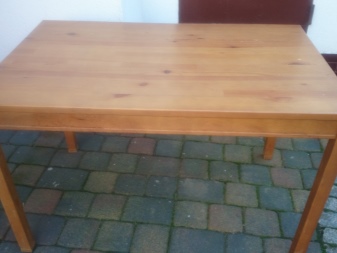
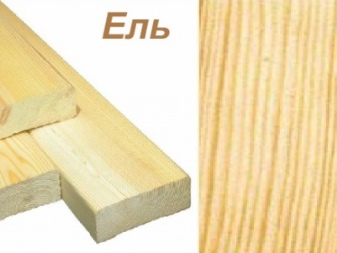
Growing difference
If you decide to grow a coniferous tree on your own plot, then you must understand that the numerous differences between spruce and pine suggest completely different care for these two trees.
With pine, it would seem, the situation is simpler - it has a completely indifferent attitude to the soil, it grows both in swamps and on rocks, is not afraid of either drought or excessive precipitation, and is indifferent to bitter frosts and strong winds.
The only prerequisite for a pine tree is a sufficient amount of light, because without it it will have a hard time. They never plant her in the shade.

In practice, the spruce also turns out to be quite unpretentious, but its priorities are somewhat different. For example, a shadow for her is not only not a hindrance, but also a big plus, but it must be watered carefully: neither waterlogging of the area nor overdrying of the soil should be allowed. In addition, its low-set crown can involve pruning if you want maximum aesthetics for your site, and in the case of a pine tree, this is both pointless and extremely difficult.
On average, spruce trees can be planted side by side more densely, due to which they reproduce themselves, forming dense spruce forests. The light-loving pine, although it does not have a branched root system, does not really like the shade, therefore such trees are relatively rarely planted in groups, giving each specimen space.
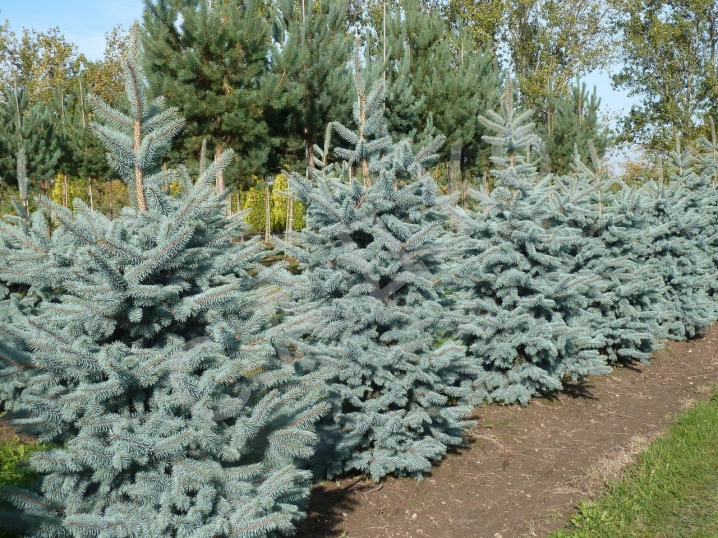
For information on how to distinguish a Christmas tree from a pine, see the next video.



































































The comment was sent successfully.